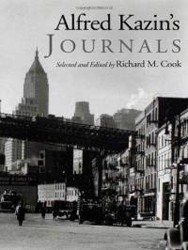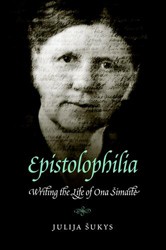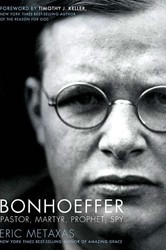This fascinating book by two outstanding scholars of contemporary Jewry is a must-read for those interested in the Lubavitch movement, whether insiders or outsiders.
This book is not simply a biography of a man or even a Rebbe; it is also a social history of a movement. It covers the period from the arrival in America of the sixth Lubavitcher Rebbe, Yosef Yitzchok, in 1940 through the ascension and leadership of Menachem Mendel, with particular attention to the focus of both these leaders on “the coming of the messiah.” It provides an up-close look at Menachem Mendel as a cultured and educated young man and traces his transformation into the Rebbe of Lubavitch. The authors suggest that his early experience made him uniquely capable of leading his followers in the last half of the 20th century, turning a small Chassidic community into a world recognized Chassidic movement.
Two issues are explored in detail; 1) changes in the Rebbe from a cosmopolitan participant in Berlin and Paris to, however reluctantly, a leader of a Chassidic community who never left Crown Heights, yet became a world leader, and for some, the Messiah, and 2) changes in this community from the typical pattern of chassidic withdrawal from the world to involvement and even immersion in the world.
The authors use two paradigms to gather data and explain their findings; one is a focus on internal Jewish and particularly Lubavitch events, documents, and interviews. The other is a concern with events in the larger society and their impact on the movement and on the Rebbe. It is a difficult task they have set for themselves, for their work describes not only actions, but mindsets, attitudes, and emotions. And, indeed there will be those who will have other views of these personal reflections.
It is puzzling that the authors discuss neither the Crown Heights riots of 1991, nor the movement of return to tradition which occurred in the same period, as both had a substantial impact on the Lubavitch community. Nonetheless, the facts marshaled and the theories employed are persuasive. The outside factors impacting on the development of the Lubavitch outreach programs are similar to those I used studying the movement of return to tradition, and the importance of religious ritual or action, rather than belief, in creating and developing commitment (Returning to Tradition: The Contemporary Revival of Orthodox Judaism, 1989).
The book is scholarly in approach and thoroughly footnoted. Overall, it examines a mystery that compels the reader’s interest. Glossary, illustrations, index, notes.





